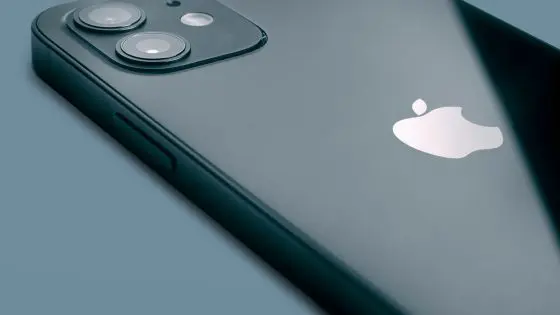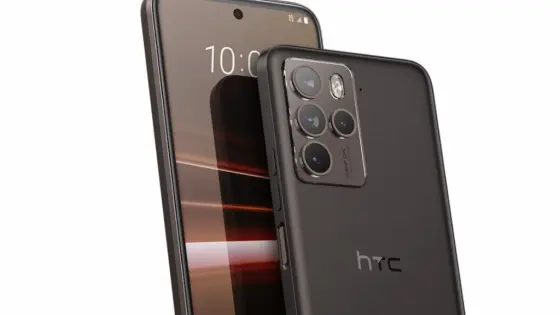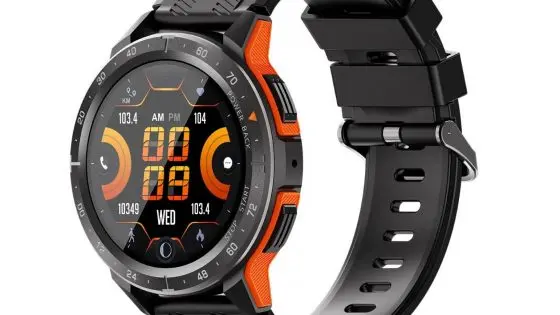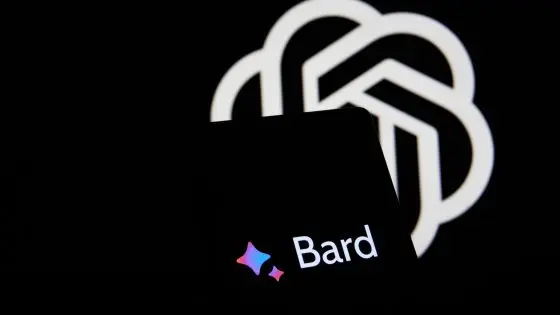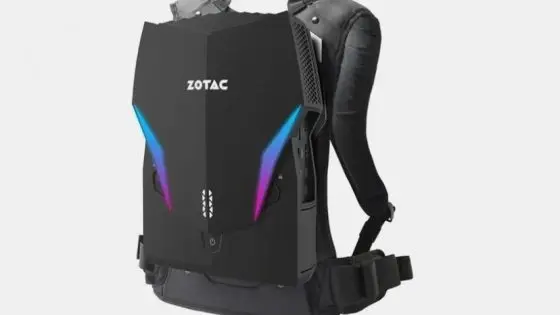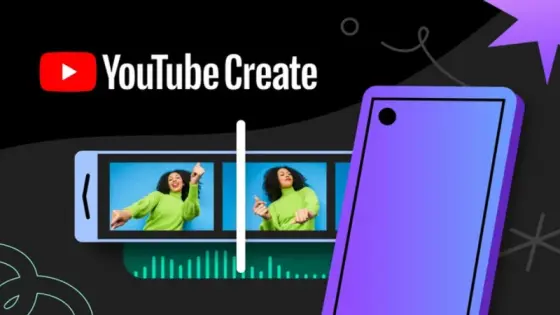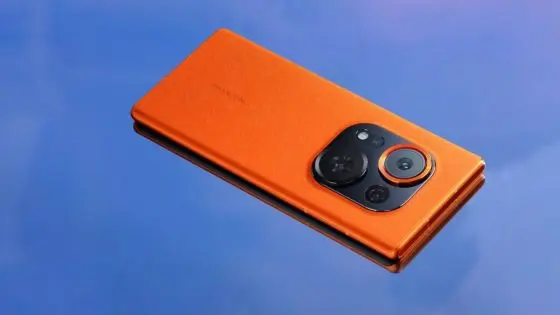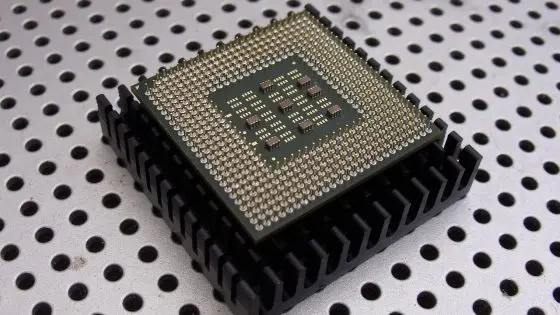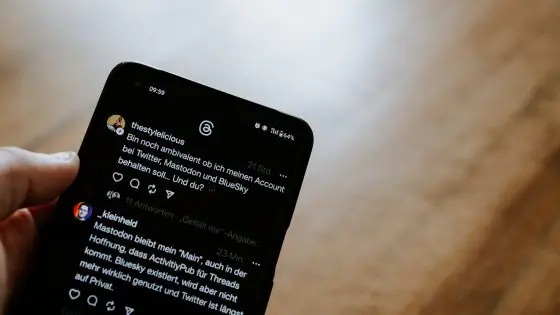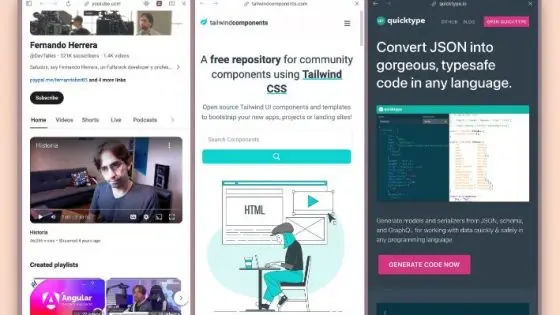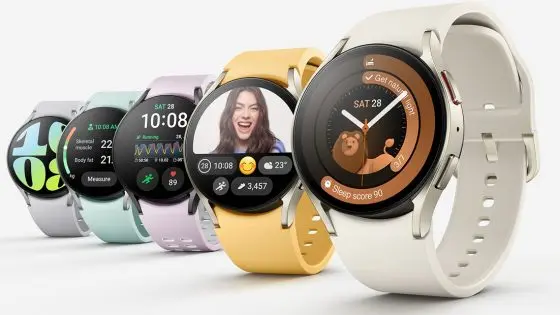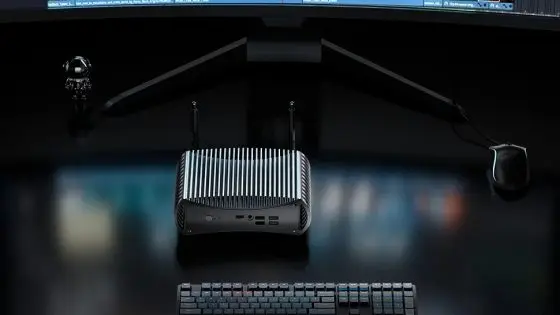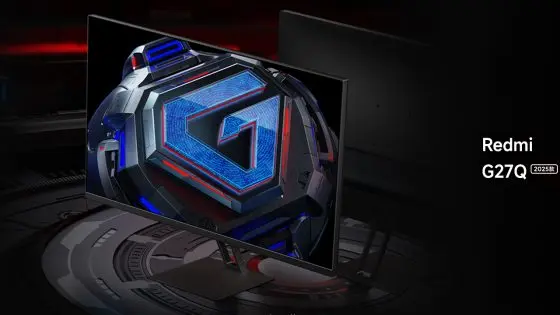High refresh rate phones: How do they work? Do you actually need them?
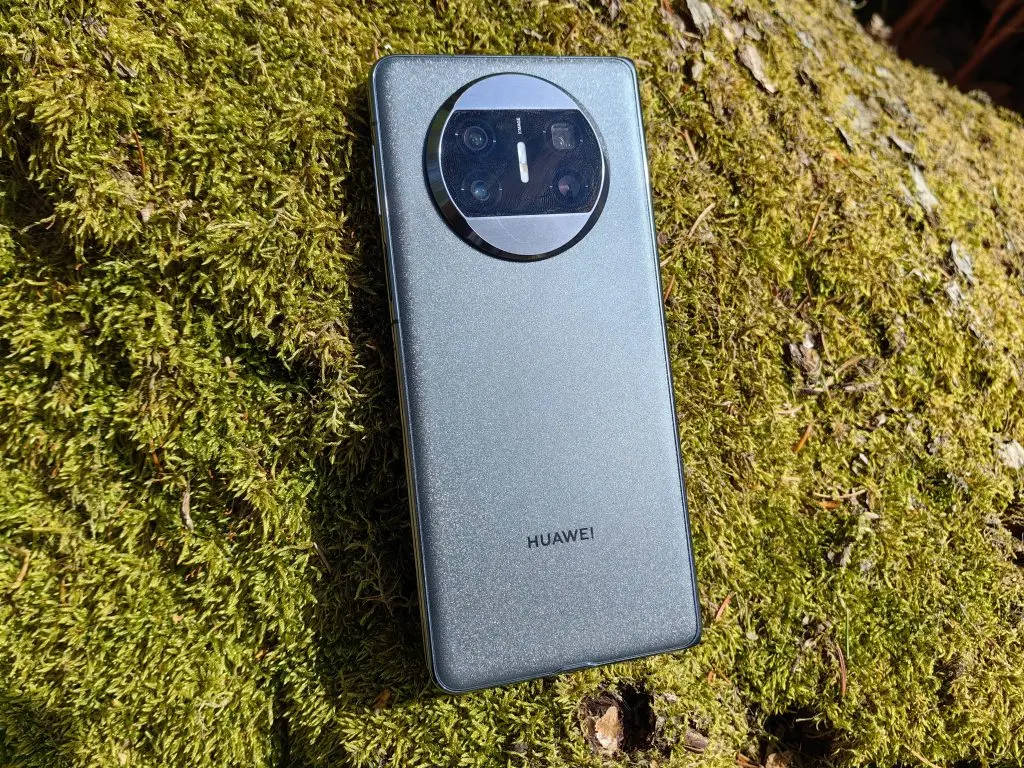
Even some inexpensive phones, for example in the price range between 200 and 300 euros, today still offer a screen with a refresh rate of at least 90 Hz, in rare cases even 120 Hz. The best gaming phones are equipped with a screen with a refresh rate of 144 Hz, in the wild we also saw a 240 Hz phone.
But what exactly is a screen refresh rate? And how does it benefit you in everyday use? Is a screen with a refresh rate of 120 Hz really that much better than one with a 90 Hz?
The refresh rate is the most noticeable change or upgrade that a manufacturer can make to a device's screen (besides the screen matrix), but these are numbers that can confuse many people very quickly. It's important to know when a high refresh rate contributes to a better user experience and when you won't notice the difference. And finally, whether you are a user who needs higher speeds. Price can also be an important factor.
The refresh rate affects every aspect of the device's user interface, from messaging and general productivity to gaming and, to some extent, the camera interface.
How do screens with a high refresh rate work?
Before you can understand the benefits of a high refresh rate display, you need to understand how a display works. Electronic screens do not work the same way as the human eye. The image on the screen never moves. Instead, they show a sequence of images at different points of motion. This simulates smooth motion by tricking our brains into filling microscopic gaps between static images.
For reference, most film productions use 24 frames per second (fps), while TV productions use 30 fps in the US (and other countries with 60 Hz networks or NTSC systems) and 25 fps in the UK ( and other countries with 50 Hz networks or PAL systems).
Although most movies are shot at 24 fps (ie 24 frames per second), the standard was originally adopted due to cost constraints. Even so, 24 fps was considered the lowest refresh rate that still offered smooth motion.
Many filmmakers continue to use this standard for its cinematic look and feel. Television broadcasts are often recorded at 30 fps, and the images are duplicated for TVs at 60 Hz (a technique known as “pull-down”). The same goes for displaying content at 25 fps on a 50 Hz screen. The conversion is more complicated for 24 fps content. A technique called 3 : 2 “pull-down” interlaces images by stretching them to fit the 25 or 30 fps target.


Recording video at 50 or 60 fps has become more common on video streaming platforms such as YouTube. In short, unless you're watching or editing content with a high refresh rate, you won't need a screen that can display more than that. like 60 frames per second. Higher frequencies are especially useful for the transmission of sports events, as fractions of a second are important for viewers in some scenarios.
The refresh rate is measured in hertz (Hz), which is the measure of how many times a new image is displayed per second. Film is usually shot at 24 frames per second because this is the lowest frame rate that, as mentioned, still feels smooth to most people. This means that television screens and laptop monitors, which can display up to 60 frames per second, are more as enough for undemanding users. Those who are more advanced need faster screens.
With all the advantages, there is also a disadvantage. For recording videos at 60 fps or higher you will need more light. This is why slow-motion footage at 120 fps or more they generally look darker than normal video at 30 fps. This is not a big problem in a studio or production environment where professional equipment and lighting are used. However, average users should consider when it makes sense to turn on faster refresh and be aware that the scenes will be slightly darker.
A flaw, which is not even an exaggerated flaw, is also the space in the device's memory, which is taken up by recordings with a faster refresh rate. If you have at least 256 GB of space in your phone, it will be very difficult or only after a few years to completely fill the drive with such files.
What is the refresh rate of a smartphone screen?
The refresh rates of smartphones vary between 60, 90, 120, 144 and less often 240 Hz. The most common high refresh rate is 120 Hz, and 60 Hz has been the standard for a long time. Screens with a speed of 60 Hz are mostly built into cheaper Android phones, the exception being the basic configurations of the iPhone 13, 14 and even the latest iPhone 15, which, despite the price, are mostly than 1000 euros, they still swear by cheaper screens.
On most phones with a high refresh rate, you can adjust the screen refresh rate in the settings. On some phones, switching to 120 Hz reduces the screen resolution from 1440p to 1080p, which most users on good 6-inch screens will not even notice. In the case of newer phones, such as the Xiaomi 13, Samsung Galaxy S23 Ultra and the like, this "defect" has already been fixed.
There are also phones - mostly gaming phones - with 144 and up to 240-Hz speeds. However, with such a small screen as the phones have, these differences are barely noticeable with each higher level. Even with monitors where we have 24 or more available inches diagonally, it's hard to see the benefits of higher refresh rates once we're talking about speeds above 144 Hz. For phones, we can say that this limit is at 120 Hz.
The first phones with higher refresh rates refreshed all the time at a higher speed, which was known from the autonomy of the battery, which was empty before. Today there is a dynamic screen refresh technology that solves this problem.


What is adaptive refresh rate?
The high refresh rate is useful when scrolling through lists, playing games optimized for such refresh rates, and watching HFR (High Frame Rate) content. Otherwise, it makes no sense to constantly refresh the screen at 120 Hz, as this puts additional strain on the system and causes the battery to drain. With LTPO (Low Temperature Polycrystalline Oxide) and other technological improvements, high refresh rate smartphone screens adapt to the content you're viewing.
The immediate benefit of this is better battery autonomy, as the screen can reduce the refresh rate even to 1 Hz while displaying static content. This significantly reduces energy consumption. Only the best phones currently support this.
Adjustable refresh rate is convenient due to more of different user profiles. Some moreÄ playing games, while others use their devices to send messages, surf the web, or watch videos. Different applications have different requirements. In games that support high refresh rates, this can be the deciding factor between victory and defeat.
Videos, on the other hand, have a steady frame rate, while text can be static for hours. Using a very high refresh rate mode while watching a 30 fps video doesn't make sense if the video can't display more. like 30 Hz. You cannot add information that does not exist.
The benefits of using a screen with a high refresh rate are numerous even in general use. Animations like scrolling or opening and closing windows seem smoother and apps seem faster. Improved movement of animations and user interfaces makes interaction with the phone more natural.
Once you've used a smartphone with a high refresh rate screen, it's hard to make the transition to slower speeds. Animations on a regular 60Hz phone will suddenly feel unnatural or appear to be stuttering.
A high refresh rate is certainly one of the main features that noticeably affects the user experience.
Do you need a phone with a high refresh rate?
Only you can answer that. Rarely, but it happens, we come across a user who does not notice the difference between 60 and 120 Hz. If you belong to this category, then you do not need these types of phones with a refresh rate above 60 Hz. However, the number of exclusively 60-Hz phones continues to dwindle every year, so your next purchase will likely require you to buy a phone with a faster screen. You can still set a lower speed in the settings and save energy.



